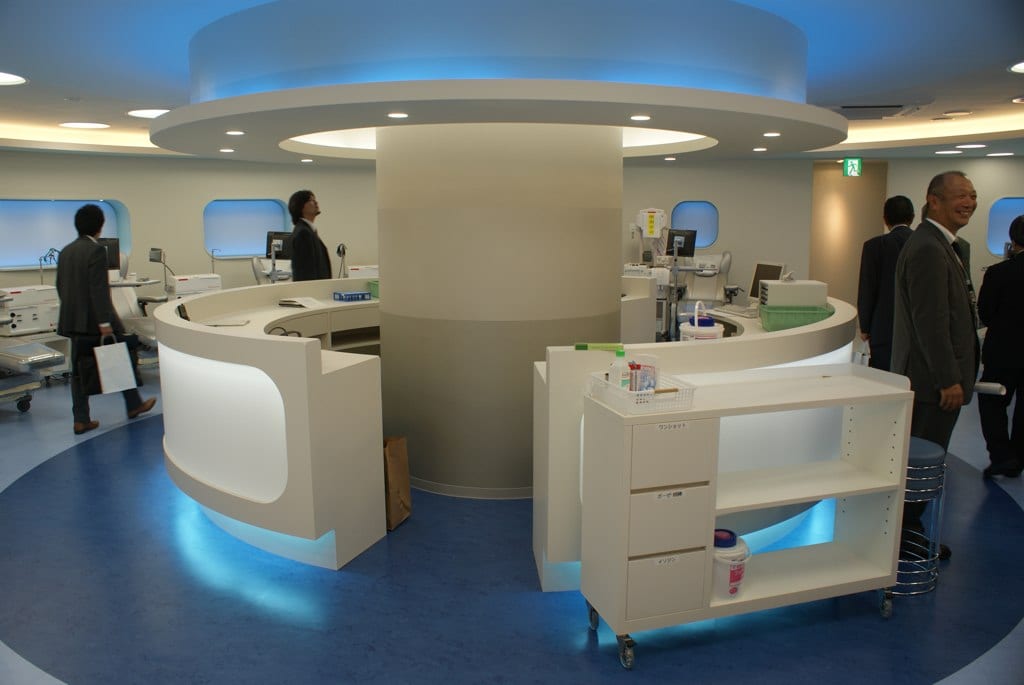
The Elusive 360-Degree View of Customers
Many companies are focusing on the customer experience these days in some way, shape, or form. Most of them know that it’s necessary to deliver a great experience for customers in order to retain customers and to grow the business. That’s good news. And yet, not every company knows how to do that or what it entails. And they certainly don’t understand current and future expectations of the customer about the experience.
There’s a lot involved in designing a great experience. Customers’ expectations are constantly evolving, which can add challenges when developing a customer experience strategy, tripping up a lot of companies.
What customers want today are simplified and more-personalized experiences. One important tool to design and deliver the experience your customers want and expect at every interaction is a 360-degree view of customers. Some refer to it as a “single view of the customer.”
What is a 360-degree view of customers?
A 360-degree view can be thought of as a holistic summary of the relationship customers have with and across your entire brand. It is the end-to-end view of the customer’s journey – along various channels and touchpoints – with the organization, as well as her experience (e.g., doing, thinking, feeling, perceptions) along that journey. It is important to note that this is a view of each individual customer’s journey; the view is not persona based or segment based. This is a single customer view; this is about the experience, one customer at a time.
Why do I call it “elusive?”
According to Gartner: fewer than 10% of companies have a 360-degree customer view, and only 5% use this view to systemically grow their businesses.
Developing a 360-degree view is a lot of work. It’s requires an organization-wide commitment. Silos must be broken down. Data must be shared. And it means that you’ve got to centralize disparate data sources, a nearly impossible feat for most organizations.
Data is everywhere. You’ve got it in your VoC platform, your CRM system, call center software, POS system, and more. You’ve got legacy systems and new platforms. You must inventory it all and then bring it all together into one place, one data lake, to be accessed by those who need to use it. That allows the frontline staff to be equipped with the insights they need to deliver the experience the customer wants. Or it informs your app or your website in such a way that the customer is presented with information that is timely and relevant for her needs.
Why do you need this?
McKinsey found that when companies focus on journeys and not just on touchpoints, when companies provide a great experience along the entire journey, they can expect to increase customer satisfaction, improve sales, reduce churn, and decrease service costs.
In order to design and deliver a seamless, consistent, and personalized experience going forward, which customers have come to expect, you need to understand what their journeys have been with the organization, how you are performing against their expectations, and where you need to improve. Having the 360-degree view allows you to understand your customers, predict future transactions and interactions, deliver relevant information and content when they want it, and personalize the experience.
And you know that not all customers are alike. When you deliver the right data and insights to the right people at the right time, it also allows them to deal with different customers differently.
What’s needed to create this view?
How does one create a 360-degree view of a customer? It starts with data. What kinds of data? There are many sources and types, but they typically include:
• Voice of the Customer, which includes both structured and unstructured data from solicited and unsolicited feedback;
• Customer Data, which is behavioral and/or transactional data, as well as anything else you know about the customer that will help to design a personalized experience for her;
• Voice of the Business, which includes financial, interaction, and perhaps even some operational data and metrics.
No excuses. You might think you don’t have “enough data,” but you can still get started. Any amount of data at this point will get you closer to what you’re trying to do than no data. Remember, though, that quality rules over quantity. It’s better to have the right data than “enough data.”
By bringing together all of the data that you have about customers along the journey, from their interactions at various channels and touchpoints, you know more about who your customers are, how they interact with your brand, what’s gone well and what hasn’t, and what they like and don’t. As you can see, those insights are invaluable and take you that much closer to delivering a future experience that’s going to meet the expectations of each individual customer.
This post was originally posted on CallidusCloud.






Responses